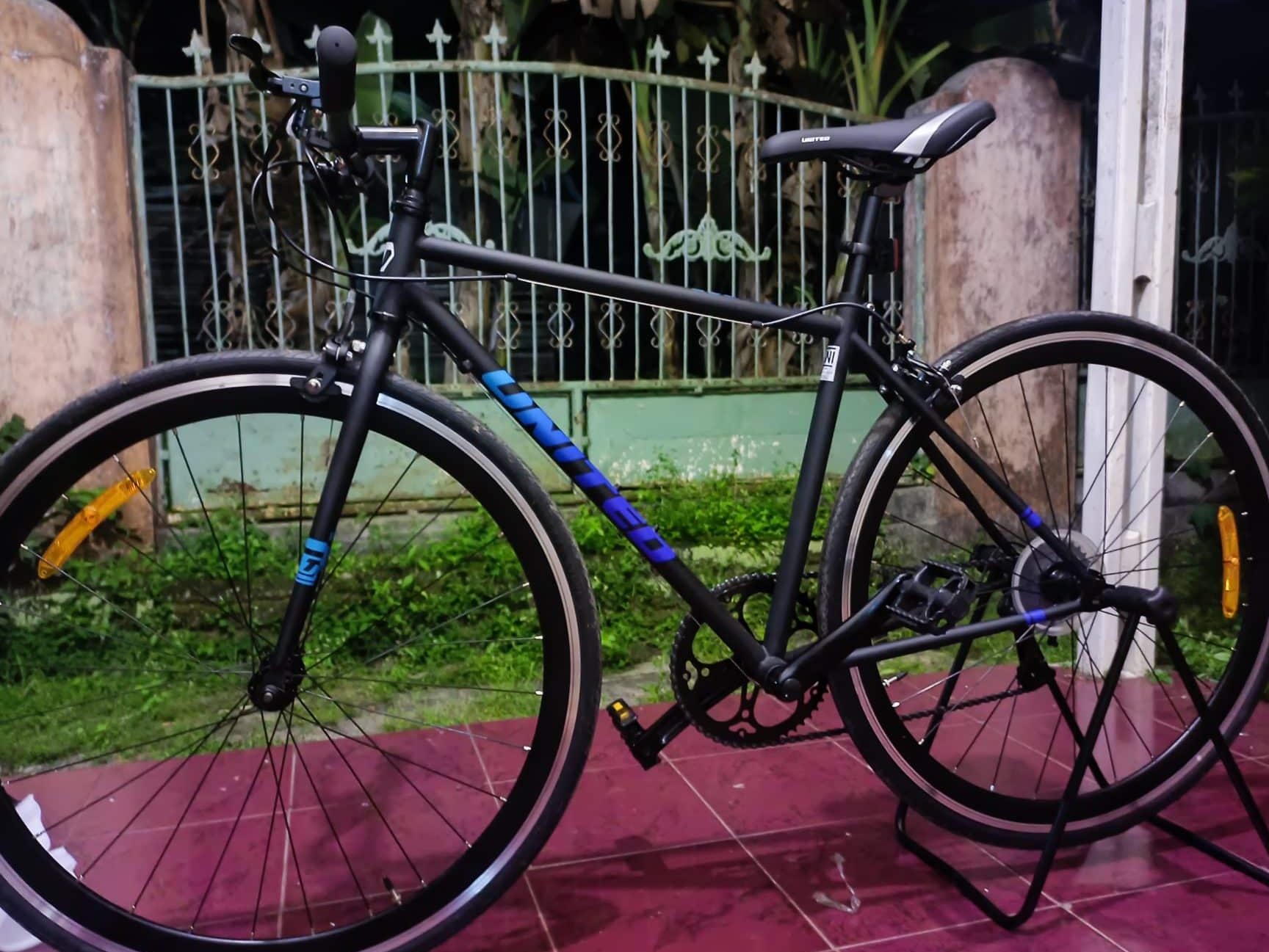In 2020, Indonesia experienced an unexpected surge in cycling enthusiasm, transforming the country into one of the hottest markets for bicycles. This phenomenon was fueled by various factors, ranging from the COVID-19 pandemic to shifts in lifestyle and fitness trends. This article explores the key elements behind Indonesia’s 2020 cycling craze and its impact on the nation.
The COVID-19 Pandemic’s Role
Health and Safety Concerns
The COVID-19 pandemic significantly influenced people’s transportation and exercise choices. As lockdowns and social distancing measures were implemented, many Indonesians sought alternative ways to stay active and maintain social distancing:
- Avoiding Public Transport: With concerns about virus transmission on public transportation, cycling emerged as a safer, socially distanced option. Bicycles allowed people to travel independently while minimizing contact with others.
- Outdoor Exercise: The pandemic prompted many individuals to look for outdoor activities that could be enjoyed while adhering to health guidelines. Cycling became a popular choice due to its ability to offer both exercise and an escape from indoor confinement.
Government and Community Initiatives
Government and community efforts also played a role in promoting cycling:
- Infrastructure Improvements: In response to increased cycling demand, several Indonesian cities invested in improving cycling infrastructure. The development of dedicated bike lanes and safer roads encouraged more people to take up cycling.
- Promotional Campaigns: Local governments and organizations launched campaigns to promote cycling as a healthy and sustainable mode of transportation. These initiatives included events, social media campaigns, and cycling challenges.
Lifestyle and Fitness Trends
Rising Health Awareness
The cycling craze in Indonesia was part of a broader trend towards increased health awareness:
- Fitness Enthusiasm: As people became more conscious of their health, many turned to cycling as a means of regular exercise. Bicycling offers cardiovascular benefits, improves physical fitness, and provides an enjoyable way to stay active.
- Mental Health Benefits: The stress and anxiety associated with the pandemic led many to seek activities that provided mental relaxation. Cycling, with its combination of physical exertion and time spent outdoors, proved beneficial for mental well-being.
The Appeal of Cycling
Cycling’s appeal in Indonesia was driven by several factors:
- Affordability and Accessibility: Compared to other fitness equipment or sports, bicycles are relatively affordable and accessible. This made cycling an attractive option for a wide range of people.
- Social and Recreational Aspects: Cycling offers opportunities for social interaction and community building. Group rides and cycling clubs became popular, allowing enthusiasts to connect and share their passion.
Economic Impact and Industry Growth
Boom in Bicycle Sales
The increased interest in cycling had a notable impact on the bicycle industry:
- Sales Surge: Bicycle sales soared in 2020, with many shops reporting record sales figures. The demand for bikes spanned various segments, including road bikes, mountain bikes, and electric bikes.
- Supply Chain Challenges: The sudden spike in demand led to supply chain challenges, with shortages of bicycles and components affecting availability. Manufacturers and retailers had to adapt quickly to meet the increased needs of consumers.
Growth of Cycling-Related Businesses
The cycling boom also stimulated growth in related businesses:
- Accessories and Apparel: Alongside bicycles, there was a rise in demand for cycling accessories and apparel. Helmets, bike lights, and specialized clothing became popular, contributing to the growth of niche markets.
- Cycling Tourism: With more people taking up cycling, cycling tourism began to gain traction. Tours and cycling-friendly accommodations attracted both local and international tourists interested in exploring Indonesia’s scenic routes.
Long-Term Implications and Future Outlook
Sustaining the Cycling Culture
The challenge moving forward is to sustain the cycling enthusiasm beyond the pandemic:
- Continued Infrastructure Investment: Maintaining and expanding cycling infrastructure is crucial to supporting long-term growth. Continued investment in bike lanes, safety measures, and public awareness will help keep cycling an attractive option.
- Community Engagement: Engaging communities and fostering a cycling culture through events, education, and advocacy can help maintain interest and participation.
Potential for Innovation
The cycling craze has opened doors for innovation and development:
- Smart Cycling Technologies: The integration of technology, such as smart bikes and cycling apps, offers new opportunities for enhancing the cycling experience. Features like GPS tracking, fitness monitoring, and route planning can attract tech-savvy cyclists.
- Sustainable Transportation: The rise in cycling aligns with global trends towards sustainable transportation. Promoting cycling as a green alternative to motorized vehicles supports environmental goals and urban mobility improvements.
Indonesia’s 2020 cycling craze was a multifaceted phenomenon driven by health concerns, lifestyle changes, and economic factors. The surge in cycling enthusiasm highlighted the nation’s adaptability and growing awareness of fitness and sustainability. As the country continues to embrace cycling, the long-term success of this movement will depend on ongoing support for infrastructure, community engagement, and innovation. The impact of this craze is likely to shape Indonesia’s transportation and fitness landscape for years to come, marking a significant shift in how people approach mobility and well-being.

